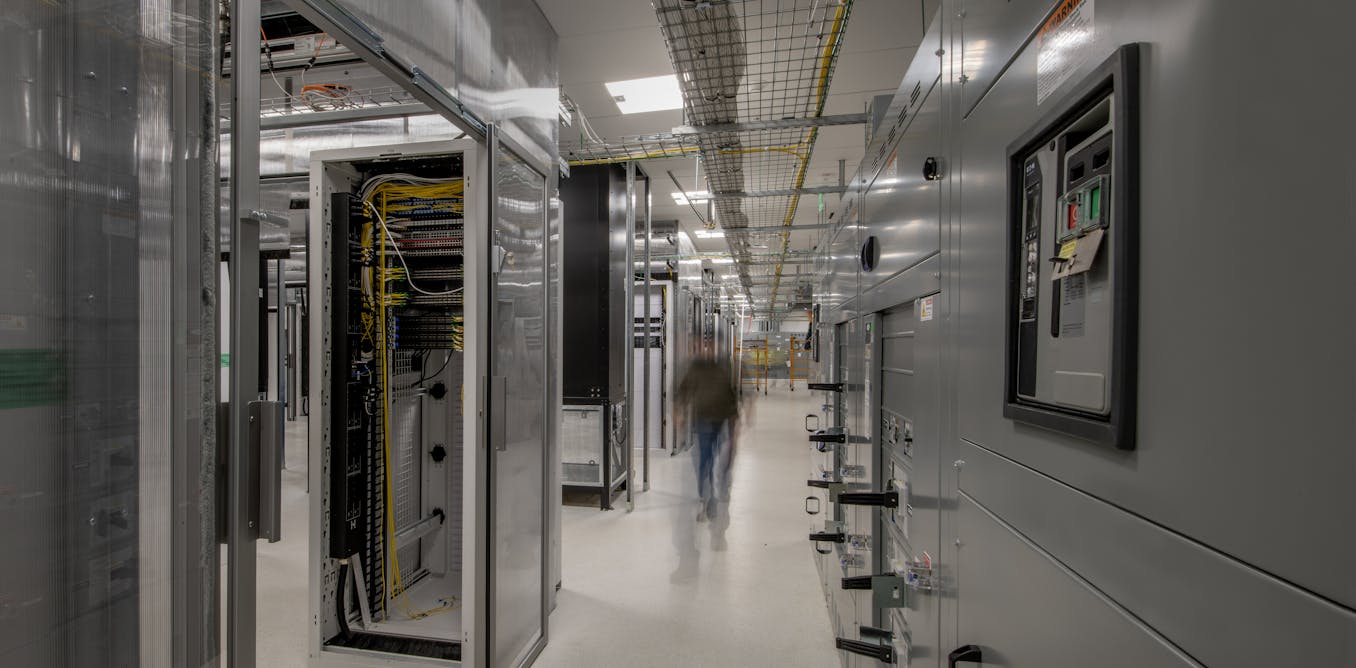This sponsored article is brought to you by NYU Tandon School of Engineering.
Deepfakes, hyper-realistic videos and audio created using artificial intelligence, present a growing threat in today’s digital world. By manipulating or fabricating content to make it appear authentic, deepfakes can be used to deceive viewers, spread disinformation, and tarnish reputations. Their misuse extends to political propaganda, social manipulation, identity theft, and cybercrime.
As deepfake technology becomes more advanced and widely accessible, the risk of societal harm escalates. Studying deepfakes is crucial to developing detection methods, raising awareness, and establishing legal frameworks to mitigate the damage they can cause in personal, professional, and global spheres. Understanding the risks associated with deepfakes and their potential impact will be necessary for preserving trust in media and digital communication.
That is where Chinmay Hegde, an Associate Professor of Computer Science and Engineering and Electrical and Computer Engineering at NYU Tandon, comes in.
Chinmay Hegde, an Associate Professor of Computer Science and Engineering and Electrical and Computer Engineering at NYU Tandon, is developing challenge-response systems for detecting audio and video deepfakes.NYU Tandon
“Broadly, I’m interested in AI safety in all of its forms. And when a technology like AI develops so rapidly, and gets good so quickly, it’s an area ripe for exploitation by people who would do harm,” Hegde said.
A native of India, Hegde has lived in places around the world, including Houston, Texas, where he spent several years as a student at Rice University; Cambridge, Massachusetts, where he did post-doctoral work in MIT’s Theory of Computation (TOC) group; and Ames, Iowa, where he held a professorship in the Electrical and Computer Engineering Department at Iowa State University.
Hegde, whose area of expertise is in data processing and machine learning, focuses his research on developing fast, robust, and certifiable algorithms for diverse data processing problems encountered in applications spanning imaging and computer vision, transportation, and materials design. At Tandon, he worked with Professor of Computer Science and Engineering Nasir Memon, who sparked his interest in deepfakes.
“Even just six years ago, generative AI technology was very rudimentary. One time, one of my students came in and showed off how the model was able to make a white circle on a dark background, and we were all really impressed by that at the time. Now you have high definition fakes of Taylor Swift, Barack Obama, the Pope — it’s stunning how far this technology has come. My view is that it may well continue to improve from here,” he said.
Hegde helped lead a research team from NYU Tandon School of Engineering that developed a new approach to combat the growing threat of real-time deepfakes (RTDFs) – sophisticated artificial-intelligence-generated fake audio and video…
Read full article: NYU Researchers Develop New Real-Time Deepfake Detection Method

The post “NYU Researchers Develop New Real-Time Deepfake Detection Method” by Michael W. Richardson was published on 10/28/2024 by spectrum.ieee.org







































Leave a Reply